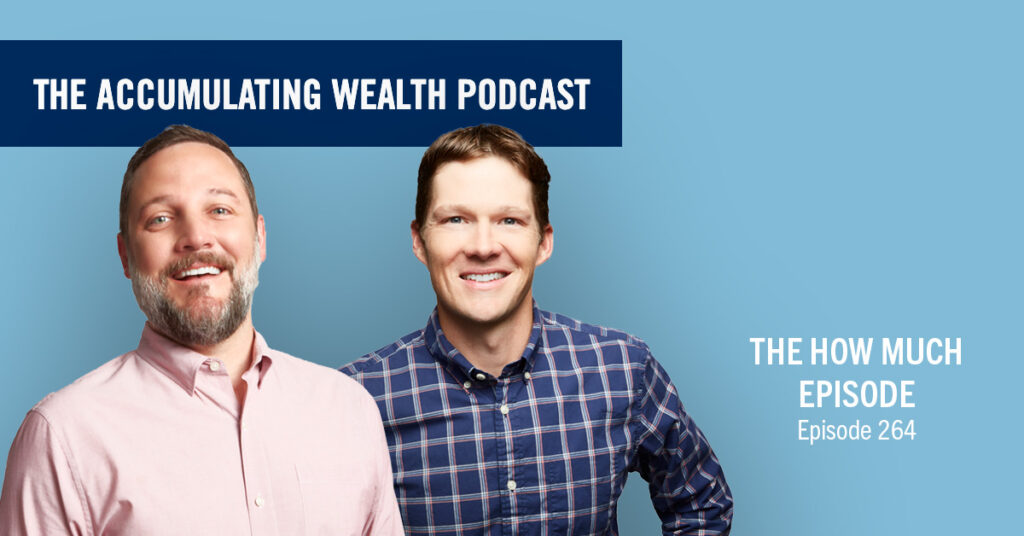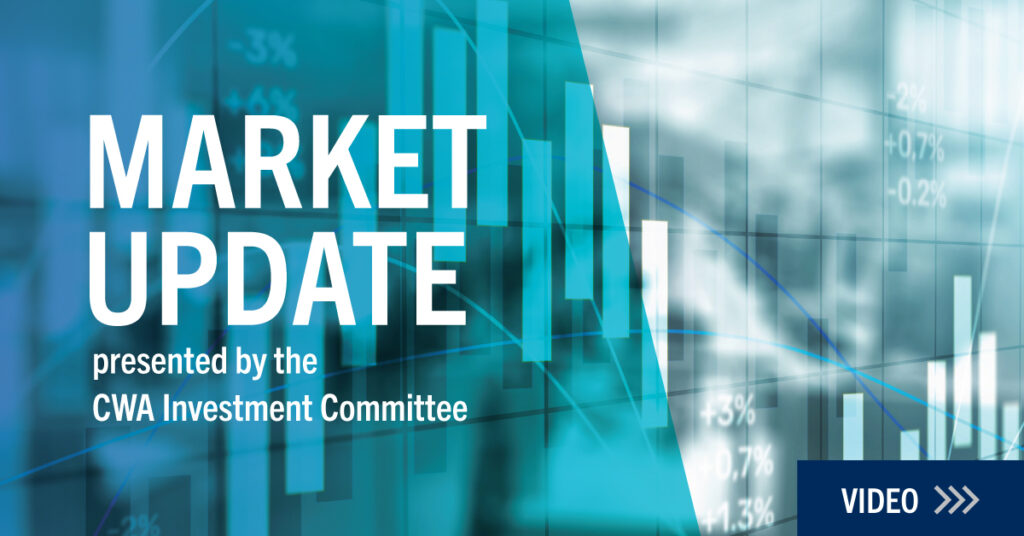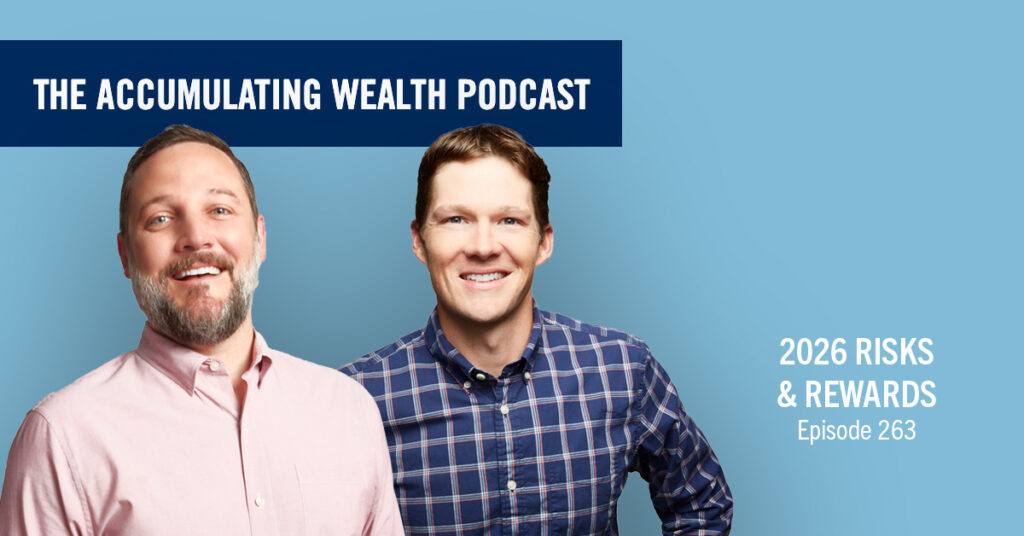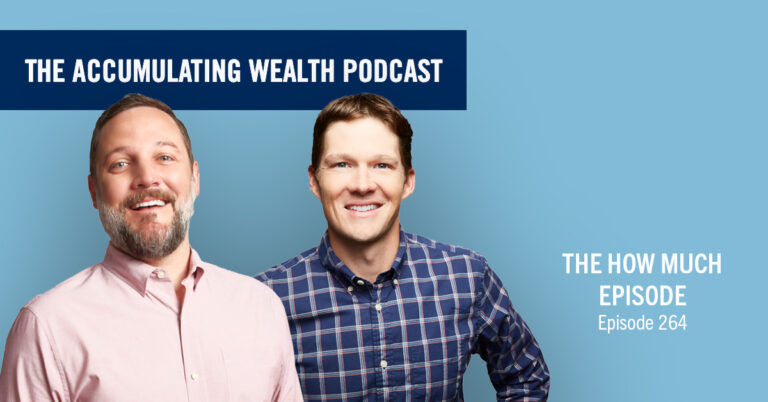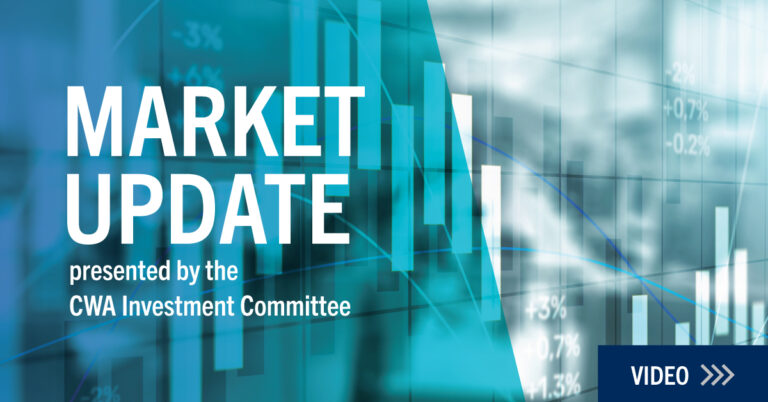Earn Stability, Predictability and Tax Efficiency with Yield
Key Takeaways
- Incorporating dividends and/or interest into a portfolio can generate passive income without depleting principal.
- Yield-based strategies offer stability, predictability, protection from inflation, and tax efficiency.
- Investors can take the cash or reinvest it into additional shares with a Dividend Reinvestment Plan.
The silver lining to higher interest rates may be yield. Often distributed to investors in the form of interest and dividends, yield is cash paid directly to the investor—versus gains/appreciation from an increased stock price that must be sold to be distributed.
This yield type of return on investment is often referred to as “mailbox money” because investors can receive interest and dividends without actively managing their investments. Basically, the dividend/interest check arrives in the mail or brokerage account monthly or quarterly.
A key component of implementing a yield-based strategy involves selecting certain stocks known for increasing dividend payouts and integrating them into a diversified portfolio. Sectors like real estate, utilities, energy and consumer goods are known for their dividend reliability due to the stable cash flows they generate. Additionally, yield-based strategies also involve lending to companies or governments at a contractual rate of interest.
Benefits of Yield-Based Strategies
CWA Partner Steve Cain says that by incorporating dividends and/or interest into a portfolio, an investor has the opportunity to generate predictable cash without depleting principal, which helps ensure that one’s savings will last throughout retirement. Even if an investor does not need the income today, yield strategies can have a place in most portfolios with an eye on future cash needs.
“For retirees or those nearing retirement, yield ensures a steady cash flow to cover living expenses without tearing into principal. A yield strategy also can plug the gap if an investor’s work income goes down. Younger investors also can layer yield into a portfolio to create return stability and realize automatic reinvestment opportunities in these types of investments,” says Steve.
Benefits of yield-based strategies include:
1. Stability and Predictability: Companies that prioritize dividends tend to be more stable during times of market volatility. Even during market downturns, dividend-paying stocks continue to distribute income, providing investors with a reliable source of cash in unstable economic times.
2. Inflation Protection: Dividends can help hedge against inflation. Many companies have consistently increased their dividend payments year-over-year to keep pace with rising costs, preserving one’s purchasing power.
3. Tax Efficiency: Dividend returns can be taxed at lower rates than ordinary income and some are effectively not taxed at all.
“Again, what I love most about yield-based strategies is the consistency and predictability they provide,” says Steve. “Yield creates a wage-like sanity, especially among retirees. The price of the stock may fluctuate daily, but the payout of the yield is typically consistent and or increasing. Overall, you don’t get caught up in the daily movements of markets when your focus is on cash payments.”
Managing Risks
While dividend-paying stocks can offer stability, they are not without risks and must be monitored by qualified analysts. Economic cycles can impact stock prices, potentially affecting dividend yields that a company can payout. However, companies committed to paying dividends often prioritize maintaining and increasing payments, even during an economic downturn. A proactive financial analyst, like the advisors at CWA, will monitor the specific companies in your portfolio to ensure that the dividends continue and potentially grow, and make needed changes if necessary.
Getting Started
CWA currently utilizes more than eight different yield strategies that range from pure equities to all fixed income. Our Chartered Financial Analysts (CFA®) are constantly exploring ways to expand this niche with risk profiles below that of investing in something like the S&P 500 and NASDAQ.
People seeking income replacement strategies or nearing retirement in the next seven to 10 years should consider implementing a yield strategy that allows them to either take the cash or reinvest it into additional shares with a Dividend Reinvestment Plan (DRIP). Find out from your investment advisor how you can best do this on a tax-favorable basis. CWA advisors will have specific recommendations on how those strategies play into a yield strategy in retirement.
To learn more about yield in your investment portfolio, check out this episode of the Accumulating Wealth podcast.
The CWA team is always here to help. To get a more in-depth look at the state of your portfolio or to explore any other aspect of your business or personal wealth, set up your free consultation with an advisor today.



